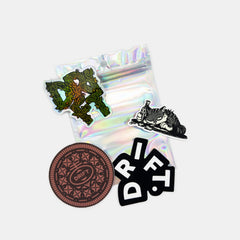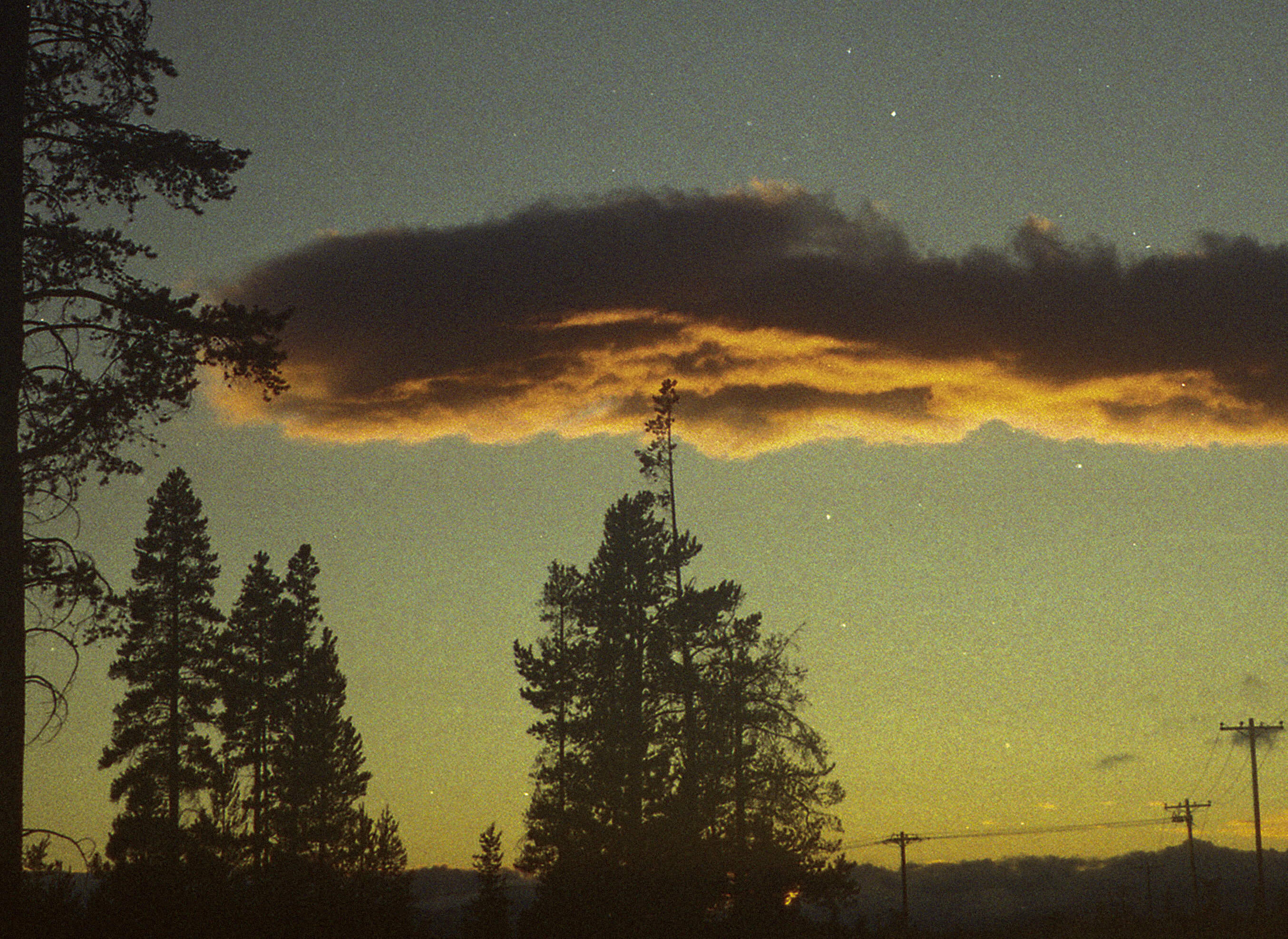Ten years ago today - March 31st, 2015 - Sufjan Stevens released his seminal ‘Carrie & Lowell’ album. A decade on we are delighting in revisiting it and it still has pretty big feelings.
As many of you will remember, Carrie & Lowell was our Drift 2015 Record of the Year (the pins yeah!), and as part of that year’s Deluxe newspaper, our good friend Laura Snapes wrote about the album for us. As a lavish anniversary edition has been announced today, we're re-printing Laura’s piece in full to celebrate as we drop the needle on a quite remarkable album.
• Available to pre-order as a deluxe tenth anniversary edition, here.
• Available now as the original single LP, here.
- - - - - - - - - -
Deluxe Issue Eight,
December 2015.
As end-of-year trend pieces start to cohere, it’s tempting to perceive 2015 as a year of grave losses expressed in painful clarity. Björk had to pull out of touring Vulnicura, a record about her split from long-term partner Matthew Barney, because dredging through those emotions night after night proved, understandably, to be too intense. “The internal clock of [this album is] different to the other ones,” she wrote in a statement. “It has sort of had to behave in its own little way. Both the urgency of the leak and now this sudden closure for reasons beyond my control is characteristic of that.” When Björk pulled out of the Pitchfork Paris festival, she was replaced as headliner by Thom Yorke, who himself recently split from his girlfriend of 23 years. Wax Idols released American Tragic, a great record about a young, painful divorce. We watched Amy Winehouse die all over again on cinema screens. And of course there was Sufjan Stevens’ Carrie & Lowell, about the death of his estranged, sick mother from cancer, and the chaos the event wrought in his own life.
This is not a trend, other than one of long (or not so long) lives, many of which we’ve had the privilege of witnessing unfold over many years. Carrie & Lowell in particular seemed to unlock a void that Sufjan Stevens’ music had been circling since he arrived at the turn of the millennium. Even before Carrie died, he had already lost his mother twice: first when she left his father, and then again when she walked out on his stepfather, Lowell. Her presence during those periods had been negligible anyway, as she su!ered through schizophrenia and alcoholism, struggling to look after her kids. “When I was three—three, maybe four—she left us at that video store,” Stevens sings on “Should Have Known Better”. On the title-track, he sings, “She breaks my arm,” but when I interviewed him for Uncut in February, the only question he wouldn’t answer
was whether that line referred to his mother.
Unlike Stevens’ previous records, the subject matter called for no grand conceit. Once the songs started coming together, he imagined Carrie & Lowell as the Oregon entry in his aborted plan to make a record about all 50 American states—that is, until his de facto producer Thomas Bartlett talked him out of it. The neon-hued cosmic panic of predecessor The Age of Adz was gone, as were the charming orchestrations of Illinois and Michigan. In its place were briskly thumbed acoustic guitars, and light synthetic touches that acted like dew on cobwebs, adding a luminescence that felt like a natural magnifier rather than an extra layer. “This was the first time in my life where I couldn’t sustain myself through my art,” he told me. “And I think that’s why the record required a kind of distillation of sound and meaning. I couldn’t solve anything through my music any more. And maybe I had been manipulating my work over all these years, using it as a defence mechanism or a distraction. I couldn’t do that any more, for some reason.”
A few mythical allusions remained in the lyrics, to his dismay, in spite of his attempt to edit them out. “I really wanted to reduce things to hard facts,” he said. “I feel like some of that mythologising and the literary allusions and metaphors are distracting. So I tried to keep them at bay. It’s very writerly to do that, and I’ve been trying to shed those fashions for a while. But they’re helpful, they allows for a kind of cross-reference that is a useful distraction. Metaphors have become kind of like a salve to the hard facts of pain and suffering.”
Overall, he perceived Carrie & Lowell as an artless record. “This is not my art project; this is my life,” he told Pitchfork. It’s completely understandable that he makes those distinctions; as an act of self- preservation, to vehemently avoid prompting anyone to think he’s romanticising his pain. Yet anyone who’s spent time with it this year would probably argue that it’s Stevens’ best record, where the ideas and sentiment that he used to complicate with concepts and lavish arrangements sit in painful clarity. It’s one of my favourite records of the year, though I’ve listened to it half as many times as the rest of my top 10 just because it’s so difficult to listen to: not just because of the sadness (though the “we’re all gonna die” refrain on “Fourth of July” is almost unbearable), but the devastation and danger that glints through these beautiful songs, the threat of self-harm, self-destruction and debasement, and the knowledge that, although few of us will be as unlucky as Stevens, such grave reckonings lie in all of our futures.
Stevens had announced the Carrie & Lowell tour just weeks before Björk cancelled her remaining dates; the idea that he could sing about this great loss night after night seemed unfathomable. “It’s gonna be a challenge,” he had told me in February. “I need to find a way to resent the music without indulging in the dark nature, its miserable conditions. I think I need to be adult about this, and to curate an experience that’s really emotionally pure and consistent.”
The Carrie & Lowell tour came to the UK in late August. The stage set consisted of just nine diamond-shaped panels behind Stevens and his small band, evoking the structure of a stained glass window, onto which sea-scapes and abstract scenes were projected. (When he played End of the Road, a friend’s six-year-old daughter asked, “how can something so sad be so beautiful?”) It felt disarmingly simple compared to what he had called the “larger social scene on stage” of jaunts like The Age Of Adz tour, where he was surrounded by neon-clad hula-hooping dancers. But in the same way that Carrie & Lowell makes masterful use of a simple palette, Stevens conveyed the intensity of these songs with just illumination and volume. They came to sound like cathedrals ascending to space, weighty, majestic and awing. The combined glint of white light and piercing sound evoked the blades he toyed with in his darkest hours, the “hysterical light” of Eugene, Oregon, where he was raised, and the salvation he found in new life, his brother’s daughter: “The beauty that she brings, illumination.”
Over the years, there’s always been the impression that certain fans like Stevens in spite of his Christian faith, that it’s a part of him they ignore because it’s alien. But that night felt as close to church as many of us will ever come: questing, human, divine.







